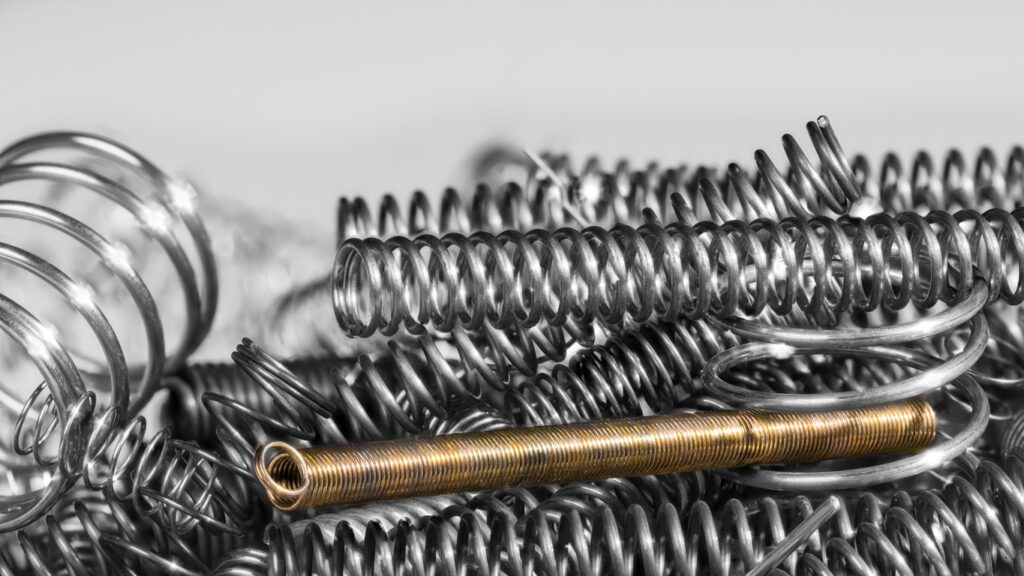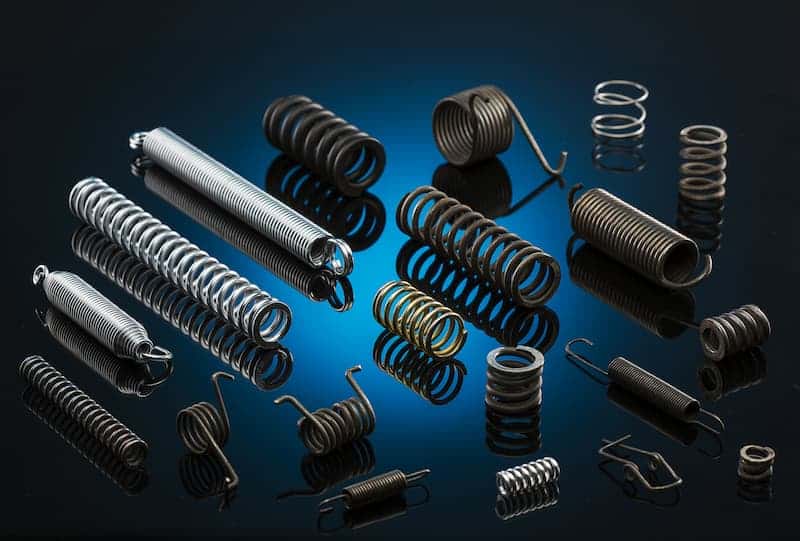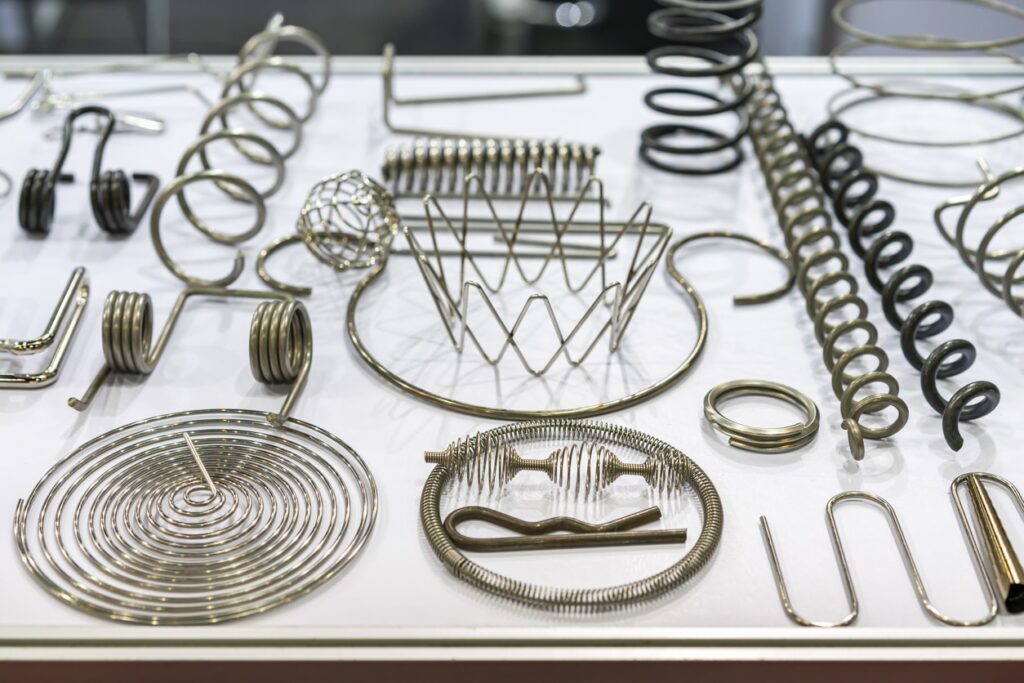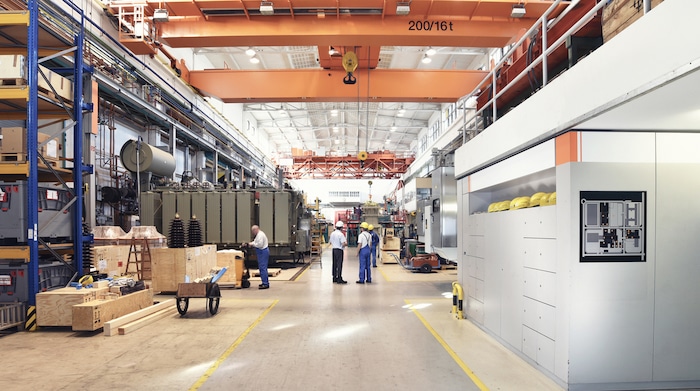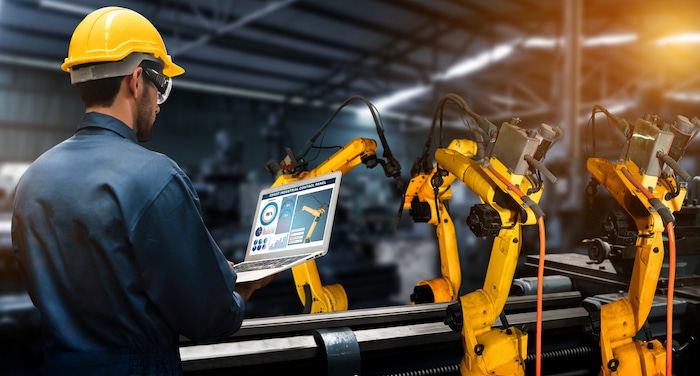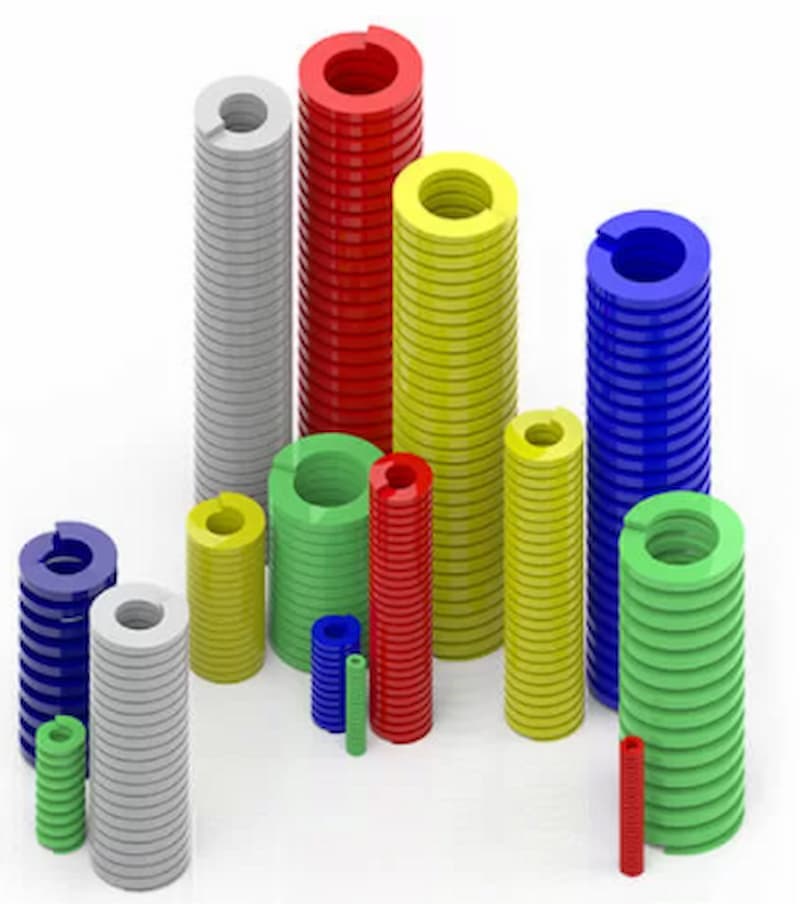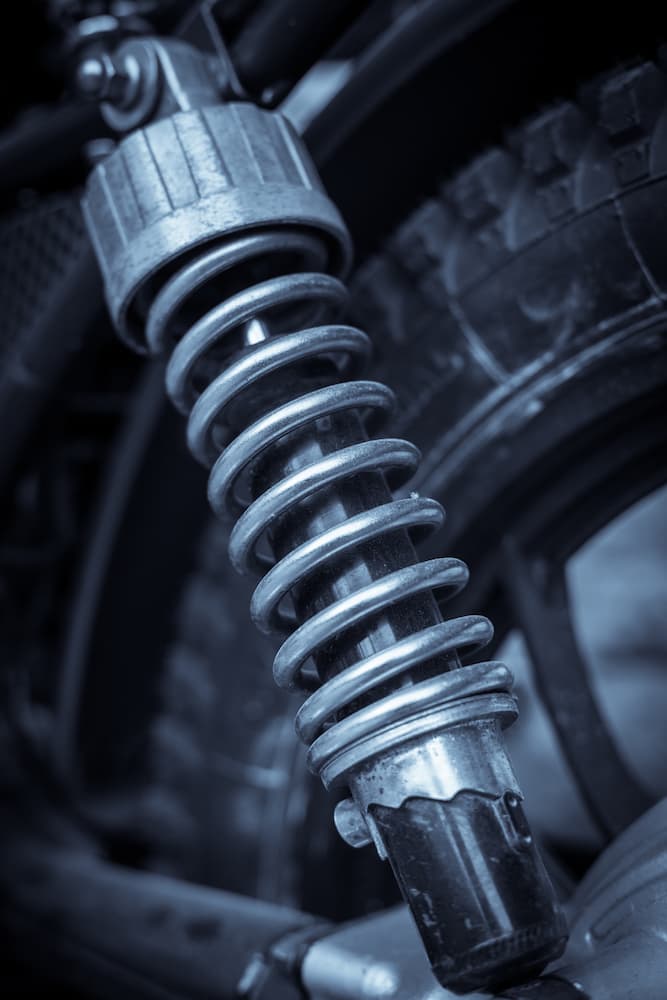As more technological improvements are developed, more of the manufacturing industry is modernising through computer integration. Some aspects of computer integration are already widely implemented, such as the popular CNC machines and wireless databases, but this is only the beginning.
Computerised automation is set to be the bright future for industrial automation. Embracing this automation is an excellent way to optimise the efficiency of your manufacturing processes further, creating a previously unattainable surge in productivity whilst reducing costs.
What is Industrial Automation?
Industrial automation is essentially the computerised systems that exist within manufacturing. This automation can be implemented to replace many of the processes initially conducted by human workers. These would usually consist of the more repetitive or simple mechanical processes that demand a high level of consistent accuracy.
For manufacturing, industrial automation focuses primarily on the systems involved in production. These beneficial processes can be customised to suit your specific manufacturing methods to increase your production capacity and reduce your costs, and usually, both are easily achievable.
Benefits of Automated Operations
Automating your business seems like replacing your human team with machines, but there is a better way to approach this. Automation in manufacturing is not about replacing people; it’s about improving your team’s efficiency by taking specific tasks off them and letting them apply their skills to more complex manufacturing areas.
Upskilling your workforce to handle more advanced manufacturing opens more business opportunities for your company whilst the automated mechanical elements manage the simpler operations.
Different Methods for Automation
As experienced wire form manufacturers, we know that not all automation in manufacturing will be the same, and each unique process will require a certain level of customisation. Fortunately, there are many levels of automation, with varying amounts of investment needed for their integration.
Fixed automation or hard automation will be assigned a set limited number of tasks and will not deviate from them. This system is best used for continuous flow systems or mass production. A prime example of this fixed system is an automated conveyer belt. This automation may seem basic but will provide a long-term increase in efficiency for moving mass amounts of materials from A-B. This tool has a minimal role but can be essential to any repetitive manufacturing process.
Programmable automation is reliant on a set of pre-programmed computer commands. This method is more flexible than the fixed process. The operations of these machines can be adapted to suit new situations or processes by changing the series of commands. Reprogramming this automation, though, will require significant downtime on the device. Whilst this initial programming will take time and expense, the adaptability of this process will provide substantial benefits overall. At European Springs, we embrace the enhanced productivity of automation for many of our wire forms, such as our torsion springs.
Integrated automation is the most invasive method of automation you can invest in for your manufacturing. Computers and control systems will entirely manage this process with minimal human contact. For this level of intense automation, the workforce is primarily upskilled into more management levels where they can dictate the methods that are implemented by the integrated automation.
This level of automation will involve a lot of technically advanced, computer-operated machinery such as automated material handling systems, computer-aided planning, and numerical control machine tools.
Flexible automation is the opposite of fixed automation. Also known as soft automation, this system is widespread in the manufacturing industry as it allows for an adaptable approach to production. This level of automation is commanded from a computer operated by a team member. This more direct involvement will enable tasks to change quickly whilst monitoring their effectiveness. This automation is widespread in low-to-medium production. The combination of increased productivity and adaptability to promptly change your machine’s role for the next job makes it an ideal choice for bespoke manufacturing processes.
Which Automation Suits your Processes?
The more automation is integrated into industrial processes, the more the benefits of adopting automation in manufacturing are revealed. These computer-controlled automation methods increase precision and efficiency, along with an unattainable consistency compared to your standard human workforce.
The best place to start is to decide what the target you want to meet is? For example, this can be something complex or general as increasing your daily production. While this goal may seem vague, it is the first step to helping you monitor and analyse your current customary production methods.
Create a list of the processes involved in your operations, and it will become clear which tasks can be replaced with automation. Additionally, you will be able to identify which jobs still require human oversight. Finally, committing to a delegation plan between your team and computerised automation will create a road map of how you can implement automation into your operations and a list of requirements for automating those operations.
High-Quality Springs and Pressings from European Springs
As experienced compression spring manufacturers, we have decades of experience providing our clients with the highest quality springs and pressings. To maintain our extensive stock catalogue of over 12,000 items, we have embraced the various levels of automation across our operations, leading to significant positive results.
The adaptability of some of these automated processes allows us to offer our premium bespoke service. If you need something unique for your current application, please consider contacting our expert engineers, who can assist with essential specification decisions and provide custom spring or pressings design support.






